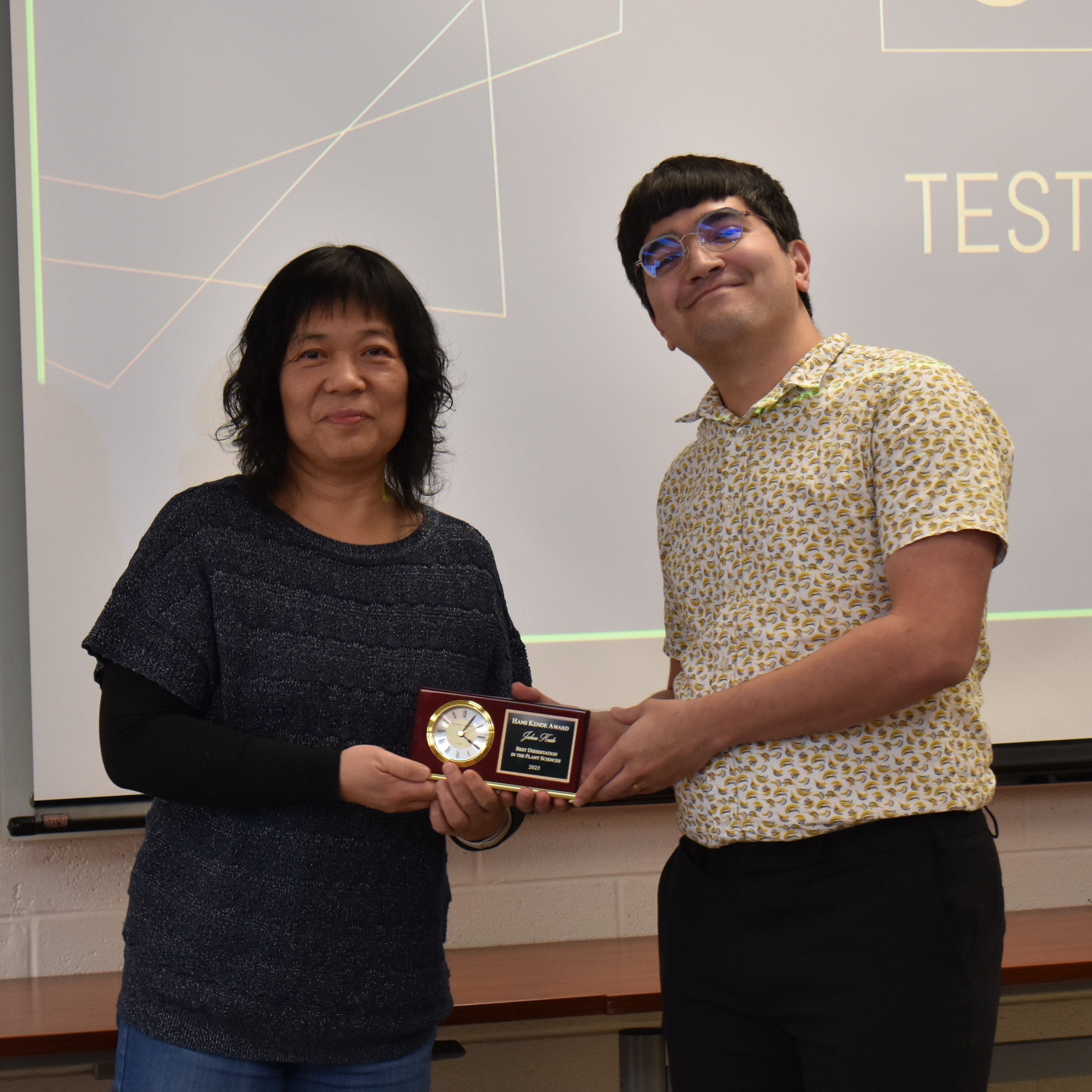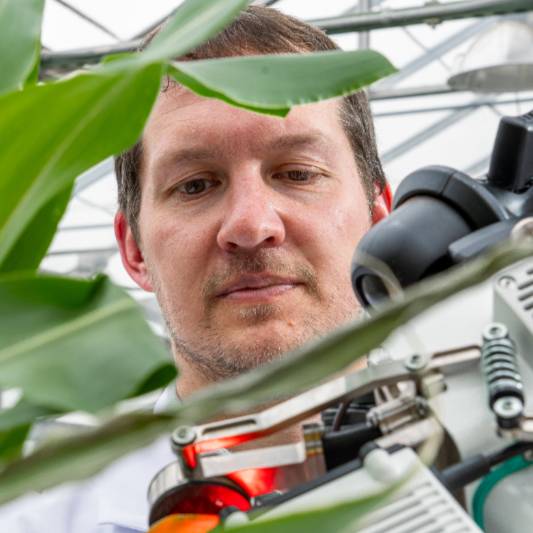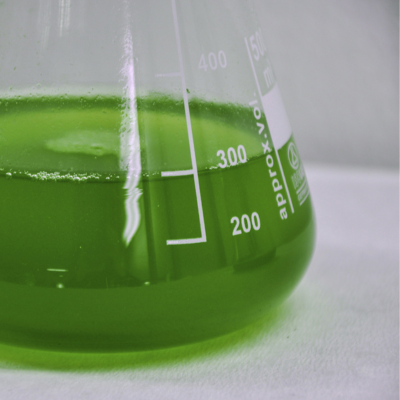Learning what it takes to grow a space garden
As the public buzz continues to build around sending a human mission to Mars, even colonizing it someday, scientists are studying what it takes to survive such a long trip. One problem is food. If humans spend long stretches of time out in space, they can’t pack all their food before the trip. They’ll have to grow some in space, not an easy feat.
To grow food beyond planet Earth is tricky. Crop plants face unusual conditions for them, like microgravity, radiation, freezing temperatures, and a lack of natural light.
With the support of NASA, the lab of MSU-DOE Plant Research Laboratory scientist Federica Brandizzi has been studying how plants survive in space conditions. In a new study, they start revealing how a plant system – which helps plants manage various types of Earthly stresses, such as extreme heat – might function in space. The study is published in the journal Astrobiology.
The survival mechanism is called the unfolded protein response (UPR). When plants are stressed, they produce defective proteins that are harmful and sometimes deadly to these plants. The UPR kicks in to tell the plant to dump the faulty proteins and to go back to making good ones.
“We want to see how plant genes, which control how plants react to their environments, work differently during space flight, compared to ground conditions,” says Evan Angelos, a graduate student in the Brandizzi lab. “Past research has given us an idea of how plants react to stresses in space. But we don’t know if or how the UPR plays a role.”
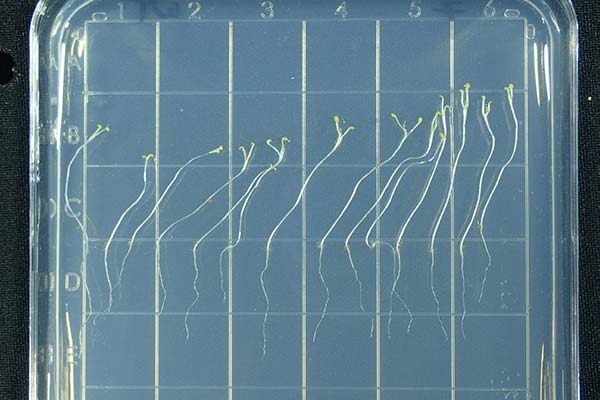
By Evan Angelos
In 2017, the lab sent plant seeds to the International Space Station, where they grew in confined containers and in microgravity for two weeks. The plant seeds were from different genetic backgrounds, including ones defective in UPR. As a control, plant seeds were grown in similar conditions, but on solid ground at the Kennedy Space Center in Florida.
“A huge number of genes that were not active in ground samples were expressed in space. Our observations partially overlap with past studies that have been conducted in space, which is a major win for the field. To date, most of the other space studies have not been able to be reproduced. Our ability to replicate some of these findings gives the field more confidence the data is correct,” says Evan.
To the researchers’ surprise, however, the UPR itself was somewhat muted in response to the stressful conditions of space. All plants – some with functioning UPR and others with defective UPR – didn’t react very differently.
In another twist, the similar plants grown at the Kennedy Space Center revealed different reactions, depending on whether they had working UPR or not. The UPR reacted to types of stress that scientists have not associated with it before, including lack of oxygen or water deprivation.
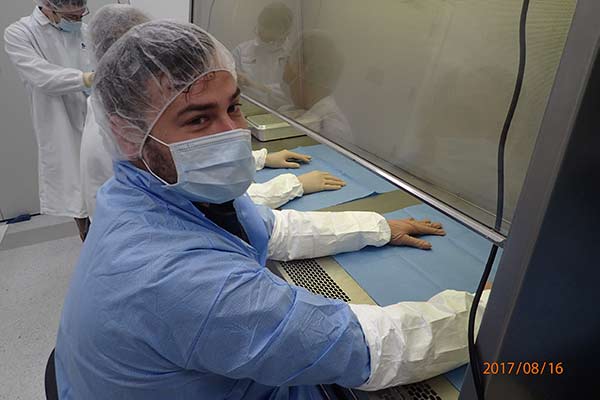
Courtesy of Evan Angelos
To be fair, the stresses imposed by the special growth chambers used in the study are unusual. These chambers are tiny, sealed, and there is no light for the plants to grow. Yet somehow, these unsual conditions impact ground plants much more than their space counterparts.
One explanation for this disparity could be the effect of gravity, which is lower in space.
“Still, no one has tested whether UPR reacts to some of these stresses to date,” Evan says. “Putting these plants in this highly weird situation opened our eyes to the possibility that the UPR may play a wider role in protecting plants on Earth than previously known.”
Back to space, the science team has yet to draw any conclusions about the importance of the UPR beyond Earth. More testing needs to be done on more plants and in more kinds of growth chambers. The investigation to grow the perfect space salad continues.
By Igor Houwat, Evan Angelos; Banner image by NASA, CC BY 2.0.
